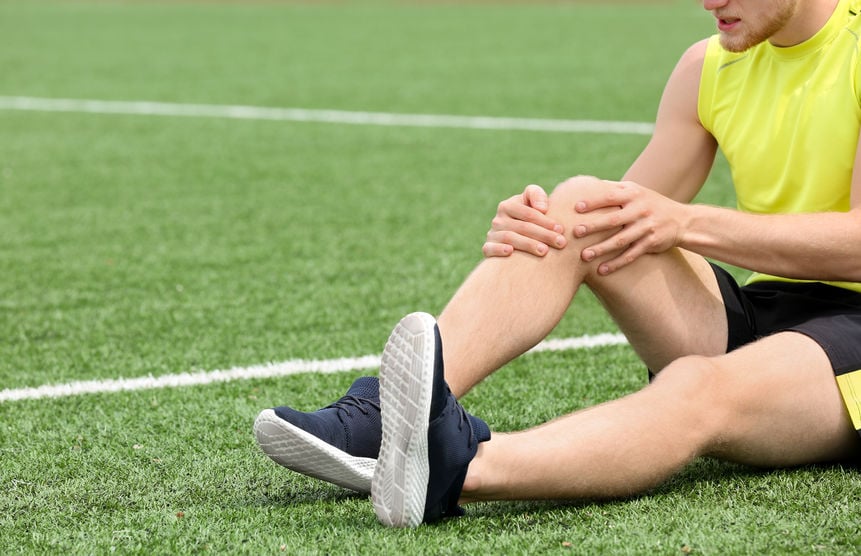Torn Over A Torn ACL?
The anterior cruciate ligament (ACL) is a crucial ligament in the knee that helps stabilize the joint. ACL tears are a common injury, particularly among athletes participating in high-impact sports. While some cases can be managed through conservative treatment and rehabilitation, others may require surgical intervention. The good news is ACL tears can now be repaired using minimally invasive arthroscopic surgery techniques. Even with this innovative technique, the recovery and return-to-sports process can be lengthy. Here are some key points that patients should understand about diagnosing and treating ACL tears with arthroscopic surgery.
All about ACL tears
Each year, ACL tears affect 1 in every 3,500 people, especially teens and female athletes. The injury happens when there is a sudden change in direction or force exerted on the knee, causing the ligament to tear. Symptoms of an ACL tear can include immediate pain, swelling, instability, and a popping sound at the time of injury. ACL tears are commonly seen in athletes participating in sports such as basketball, soccer, and skiing. Individuals who experience any symptoms of an ACL tear, particularly after a sports-related incident, should seek medical attention. Prompt diagnosis and treatment of an ACL tear is essential for optimal recovery and to prevent further damage. If left untreated, an ACL tear can lead to additional complications such as meniscal tears and premature arthritis.
Diagnosing an ACL tear
During the visit to a doctor, the patient’s medical history will be reviewed, and a physical examination will be conducted. The doctor may inquire about the nature of the injury, the activities performed before the injury, and any previous knee injuries. Various physical tests will also be performed to evaluate the range of motion (ROM) and assess the stability of the knee. The doctor may also order diagnostic imaging tests, such as magnetic resonance imaging (MRI), to get a clear view of the injury and determine the severity of the tear.
Arthroscopic surgery
For complete ACL tears, arthroscopic surgery is almost always recommended to replace the torn ligament. This minimally invasive surgery (MIS) involves making several small incisions around the knee and inserting a tiny lighted camera called an arthroscope. The camera allows the surgeon to visualize the knee joint and guide small surgical instruments to remove the damaged tissue and reconstruct the torn ACL. The ligament is replaced with a tendon from the patient or a donor tendon.
Recovery and rehabilitation
After arthroscopic surgery for ACL tears, a comprehensive rehabilitation program is crucial for a successful recovery. This program includes physical therapy (PT) exercises to strengthen the muscles around the knee, improve ROM, and restore stability. The patient will also need to follow post-operative instructions, which may include wearing a knee brace, using crutches for a period, and gradually returning to normal physical activities and sports. This process can take up to 6 months for a full recovery and function of the knee. At this point, running at full speed and changing direction is possible. Additional time, often lasting 3 or more months, is necessary to return to full athletic fitness.
You can play again
Since arthroscopic surgery is minimally invasive, recovery time is typically shorter than that of traditional open surgery. However, patients must work closely with the healthcare team to ensure a smooth and safe transition back to sports. This may involve working with a sports therapist or trainer to develop a customized plan for returning to physical activities, as individual recovery will differ. Following all medical advice and guidelines can help patients achieve the goal of restoring functional knee stability and safely returning to previous activity levels.



